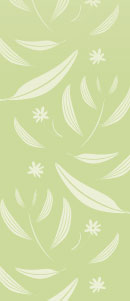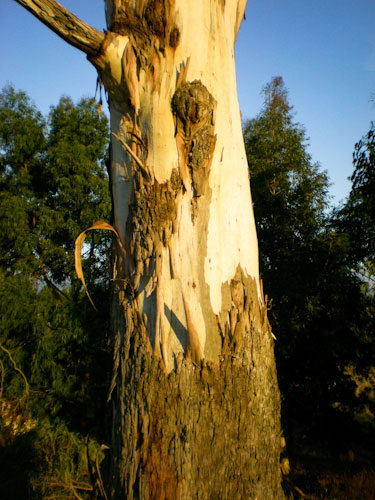





Back to Factsheets | Download PDF | Generally a fast growing medium to tall gum. It grows in many different environments. Thus, its growth, size and habit can be very variable depending on its location. For instance it can be: And so it would be important to plant trees on your property grown from local seed so the seedlings already have genetic tolerances of the local conditions (rainfall, soil type, pH and drainage, temp ranges, frost susceptibility, pest attack, etc etc.) The Manna gum is also very promiscuous (botanically speaking) and it is known to hybridise with more than 20 other Eucalypts. So, it is possible that the manna in your area is a hybrid making it all the more important to use local seed for your reveg project. The Manna is THE Koala tree. Although, in our region, koalas also eat blue gum, grey gum, swamp gum, brooker's gum, red gum. Coppices well from the stump - Heartwood pale pink and not durable in exposed situations. Sapwood is susceptible to borer. Sawn timber can be difficult to dry without degrade due to various types of collapse in the cell structure. Quarter sawing is recommended. Firewood- burns well but can be difficult to split even when green. Tends to burn to ash which may clog the draw of the stove. The manna is an iconic species of our region. Makes a great paddock tree but can drop branches (and usually on fences!). Would be better grown in a mixed planting with a wide variety of understory and other local gums for best results. As the tree gets older, one advantage of dropping branches is this starts the slow process of decay where the branch broke off, thus encouraging hollows to form for bird, insect and mammal habitat. Helpful hints in ID- Bark is not very helpful as trees in certain localities can have rough bark going way up the trunk while in other areas there may be very little rough 'stocking' on the tree. Suffice to say, there is usually a rough stocking someway up the tree opening up into a white-grey smooth bark which peels off in the summer leaving 'ribbons' hanging in branches and leaving a huge mess at the base of the tree. |

